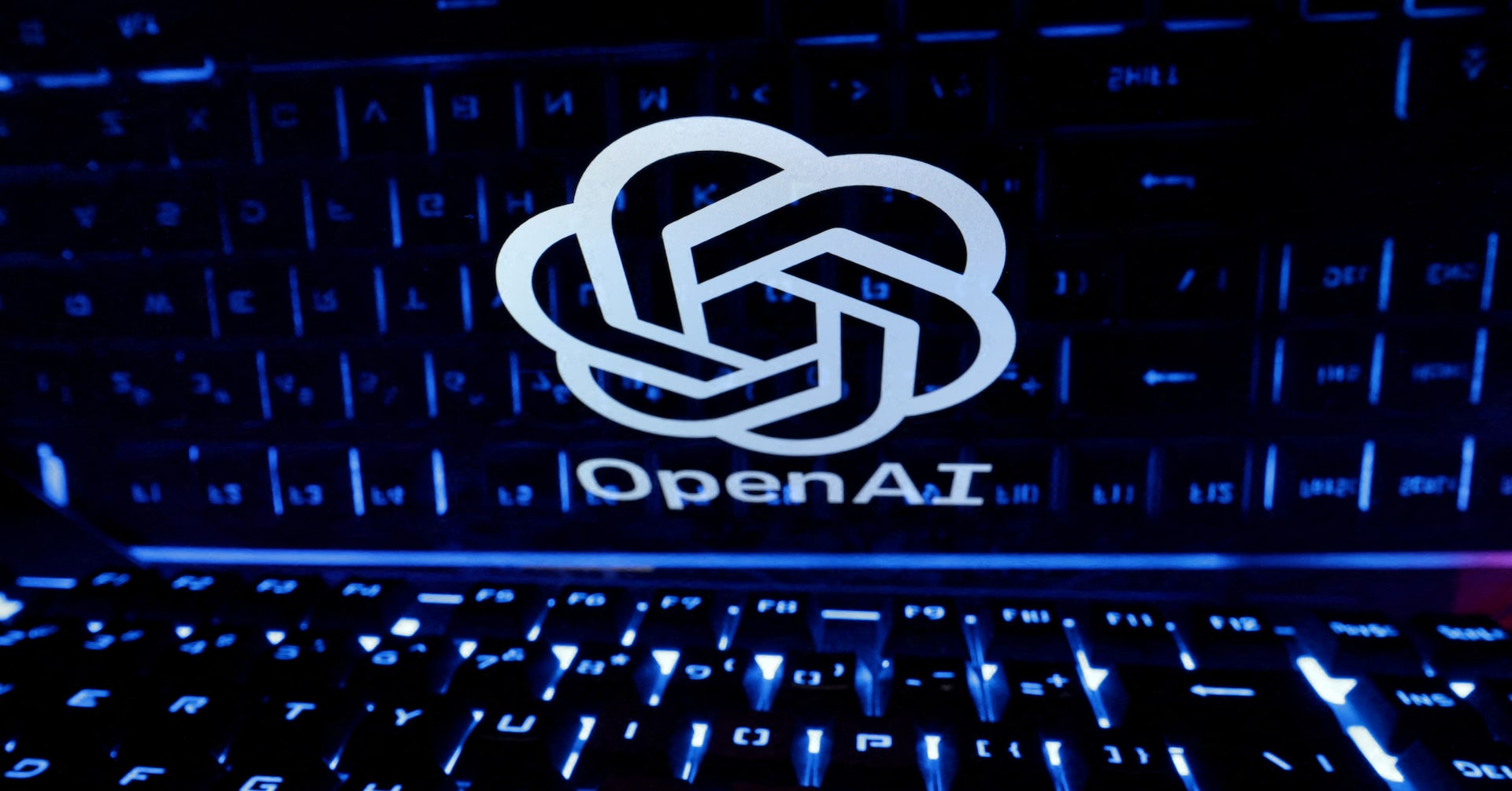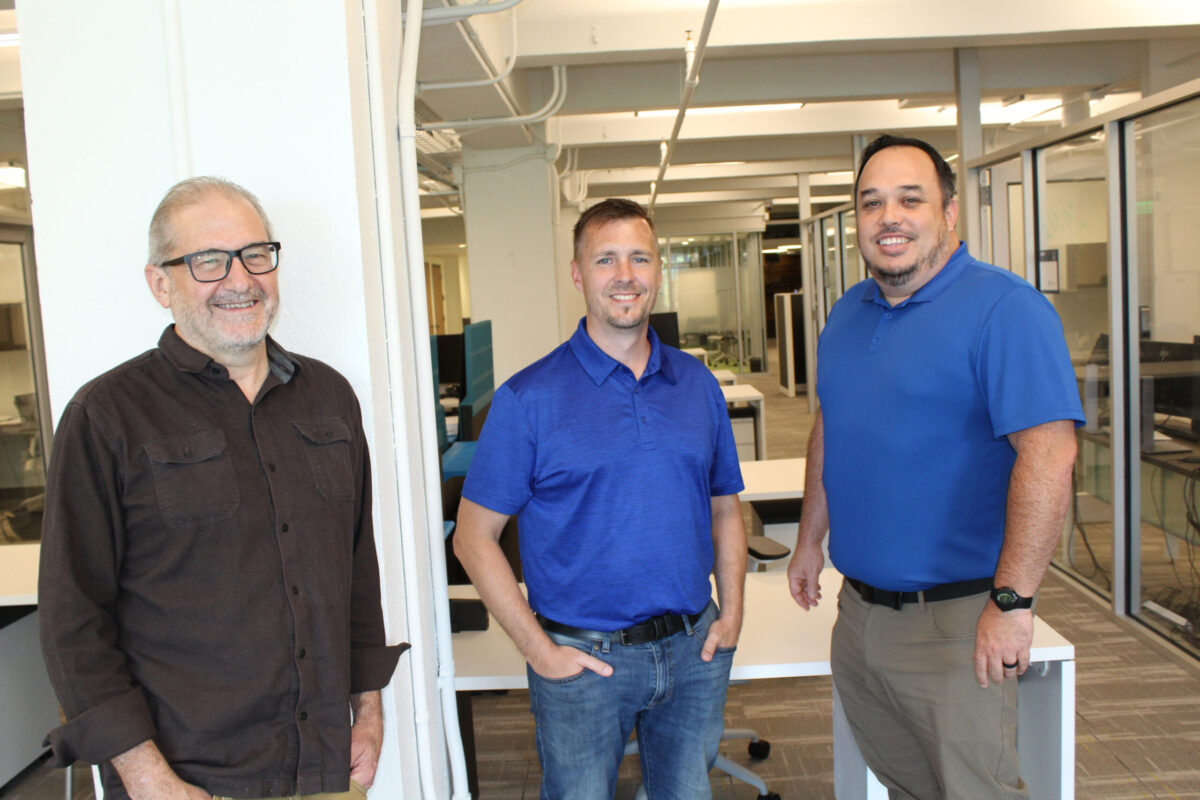
OpenAI and Microsoft are in the process of restructuring their multibillion-dollar partnership in a move that could significantly reshape the landscape of artificial intelligence collaborations. According to a report by the Financial Times, the revision is part of a strategic negotiation to prepare OpenAI for a potential initial public offering (IPO) while safeguarding Microsoft’s privileged access to OpenAI’s cutting-edge artificial intelligence models.
The partnership between the two tech companies has been one of the most high-profile in the AI sector. Microsoft has invested around $13 billion into OpenAI, integrating the startup’s technology into its products and services, such as the Azure cloud platform and various Microsoft Office tools. In return, Microsoft gained exclusive rights to license OpenAI’s models and maintain a leading edge in the competitive AI market.
However, OpenAI’s current structure, including its unusual capped-profit model and complex ownership stakes, has presented obstacles to a traditional IPO. The existing terms of the partnership with Microsoft are reportedly being renegotiated to introduce more flexibility and transparency. These changes are expected to help OpenAI transition into a publicly traded company in the future, should it choose to move forward with that plan.
For Microsoft, a restructured agreement would continue to assure long-term access to OpenAI’s breakthroughs in artificial intelligence—an assurance that is critical as the tech giant expands its industry lead in generative AI capabilities. Maintaining this advantage is especially important as competitors such as Google, Meta, and Amazon continue to invest heavily in similar technologies.
The Financial Times report describes the negotiations as ‘high-stakes’, reflecting both the immense commercial value and strategic implications of any changes to the partnership. As the broader tech world watches closely, the outcome of these talks could not only define the trajectory of OpenAI’s corporate future but also set a precedent for how deep tech collaborations are structured in the rapidly evolving world of artificial intelligence.
Source: https:// – Courtesy of the original publisher.








